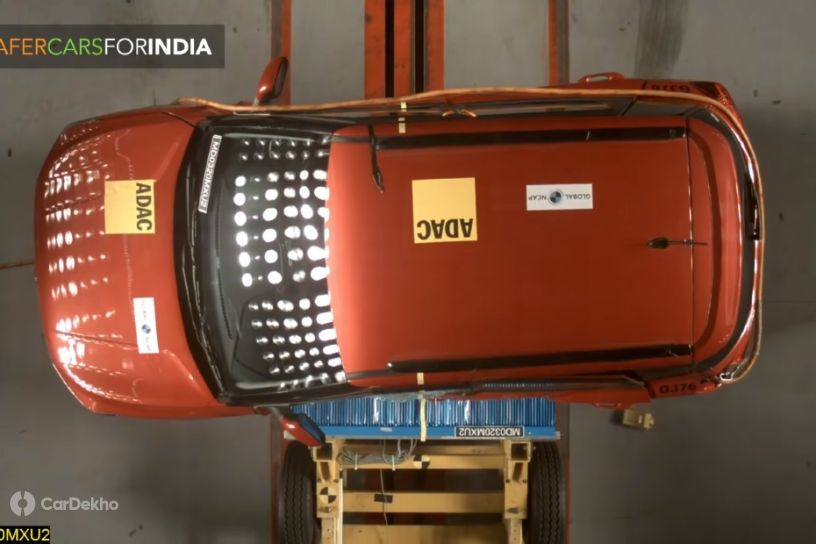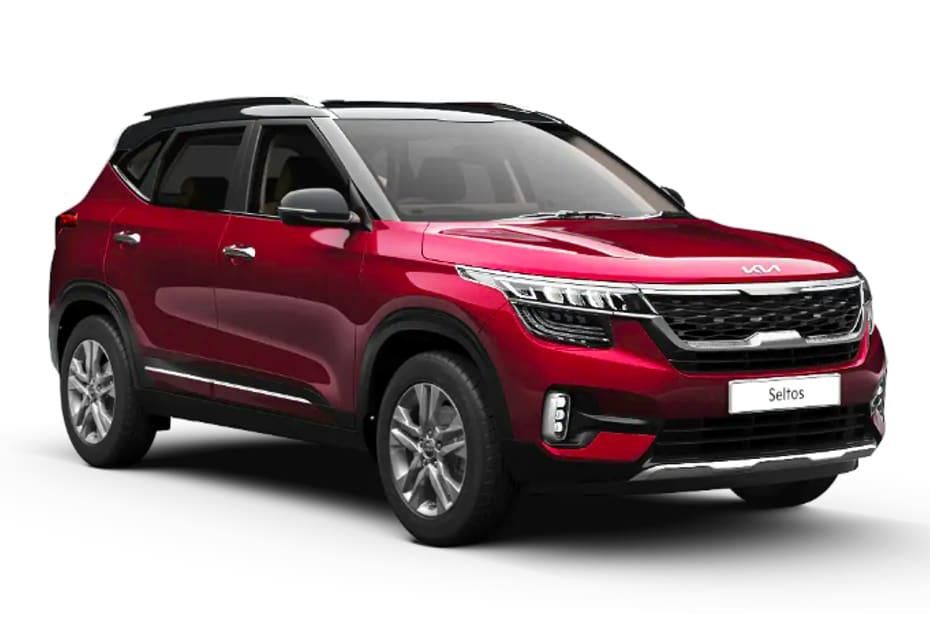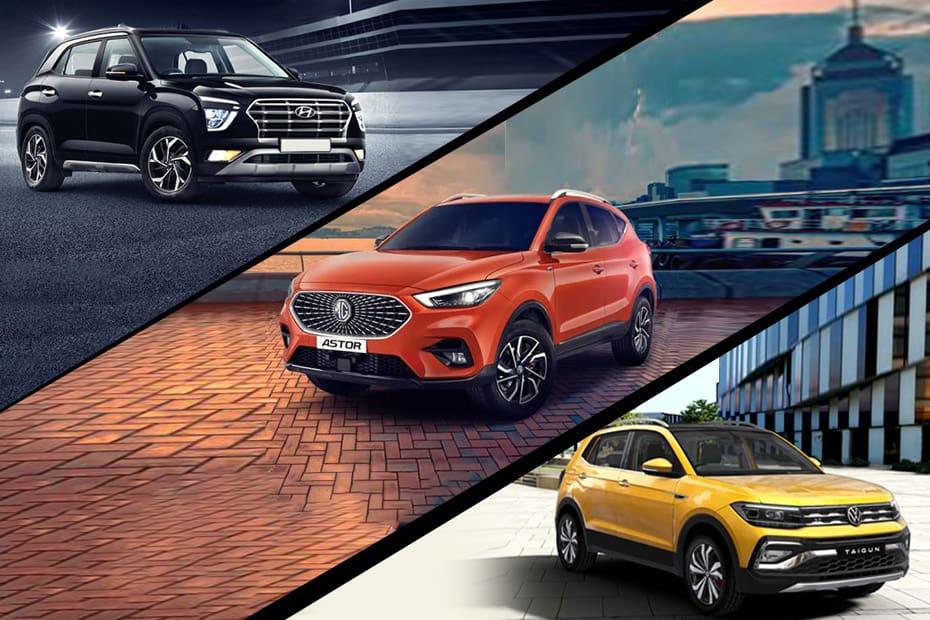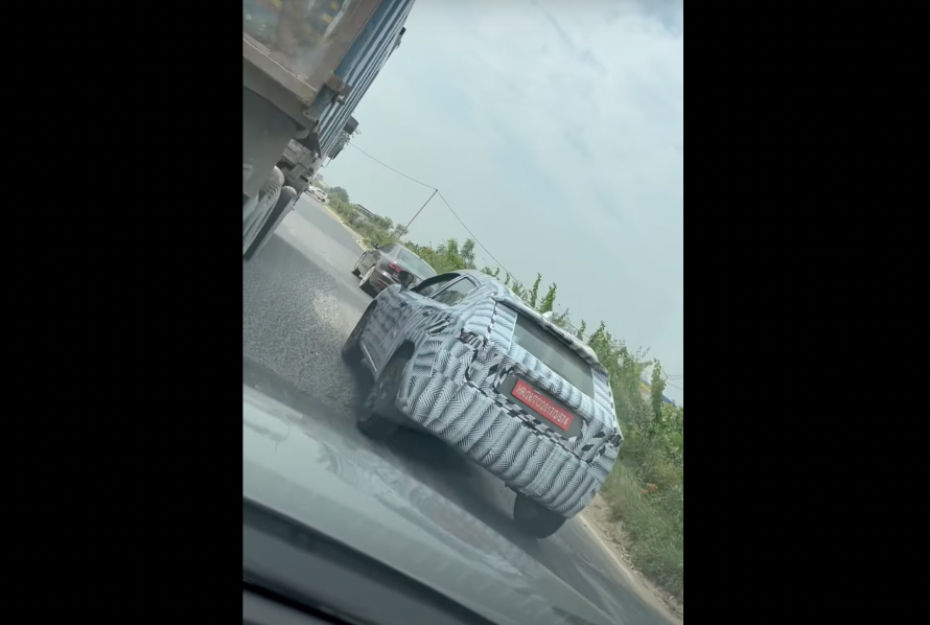What Does Your Car’s NCAP Safety Rating Really Mean?
Published On Nov 04, 2021 01:30 PM By Sonny
- Write a comment
With carmakers using their model’s safety rating to attract buyers, we look at the details behind the stars

All new cars have to meet a minimum standard of safety, for which they are tested by the relevant regulatory authorities, before they go on sale around the world. These safety standards can vary greatly depending on the region or country. Nations with lower vehicle safety standards tend to witness a high rate of road incidents, often fatal. In order to address these concerns, New Car Assessment Programs (NCAPs) were set up to see how they could perform standardised safety tests across the world. The Global NCAP program has played a key role in the push for safer cars in India by testing them and making the buyers aware of the results.
Recognising the need for better safety in Indian cars
For a long time, the vehicle safety standards in India were worryingly low, though compliant with current UN regulations. As such these roadworthy cars could easily score one or zero stars in most NCAPs, and such cars are still in production today. Most mass market Indian cars are now tested by Global NCAP who have been running a campaign since 2014 to make cars safer in developing nations like India and South Africa. When the first batch of mass market cars were tested, including the Maruti Suzuki Swift and Hyundai i10, nearly all of them scored zero stars as they didn’t even get a driver’s airbag as standard.
Also read: Maruti S-Presso Gets Zero Star Safety Rating From Global NCAP
How are the cars tested?
Global NCAP’s main test is a front offset crash test at 64kmph into a deformable barrier to simulate a crash between two cars of similar weight. The Indian government’s front offset test is not far off, conducted at 56kmph and yet the 8kmph difference is all it takes to make a road legal car seem like a death trap in the case of an accident. Worse yet, the approval is often based on projected data without conducting the test for real.
Often, a good NCAP score requires the carmaker to go well beyond the minimum safety requirements set by their local authorities. This is to encourage buyers to demand safer cars from manufacturers even if governing bodies are slow to update their norms.


As standard, Global NCAP ratings are based on the front offset crash test only. Global NCAP can also conduct side impact crash tests but usually reserves it for vehicles that scored 5-stars in the front offset test or it is conducted at the request of the manufacturer. This test simulates the car being hit on the driver’s side while stationary by a vehicle of similar weight and size, at an impact speed of 50kmph.
What do Global NCAP safety ratings mean?
Its rating system currently focuses on two key aspects: adult occupation protection in the front seats and child occupant protection in the back seats. The overall safety rating for any car is based on its crash test score in those two areas. Also, the agency mandates at least a driver’s airbag to score a single star rating.

Adult protection is scored on the basis of injury readings from the crash-test dummies from four areas of the body: head and neck; chest; knee, femur and pelvis; and legs and feet. There are additional points given if the car has a seatbelt reminder, four-channel ABS and some kind of side-impact protection as well. Child occupant protection is based on similar readings from two dummies placed in manufacturer-recommended child seats in the back: one representing an 18-month-old and the other a 3-year-old. Features such as three-point seatbelts, ISOFIX child seat anchors and also the child restraint system markings can earn additional points here.

The final crash test report with the scores and the rating will also specify if the vehicle’s body shell was rated as stable and capable of withstanding further loads. Some models with adequate safety features still stumble at this hurdle which affects their overall safety rating.
Why don’t all models get an NCAP safety rating?
As Global NCAP is an independent body, carmakers are not obliged to send their models for a safety rating. The testing organisation tends to buy the base-spec models anonymously from the showroom to establish the basic safety one can expect. However, brands are also encouraged to send units voluntarily for testing. The organisation also allows carmakers to submit improved or higher variants for additional crash tests and safety ratings too.

As standard procedure, Global NCAP selects a model at random for its crash tests, either from a showroom or an OEM plant in the case of voluntary testing. This is done to ensure that a carmaker cannot gain an unfair advantage by submitting a vehicle that may not be the same as its customer-specification model to get a better rating.
In the case of voluntary testing, the manufacturer bears the costs incurred in a NCAP’s testing procedure which is also why some brands are not keen to send their models to them. Not only will their vehicle’s possible safety issues be revealed, they’d have to pay for it too!
How have Global NCAP ratings helped?
Since the first batch of Indian cars tested by Global NCAP, consumers are taking an active interest in the car’s safety rating while making their buying decisions. Hence, some carmakers have made decent progress to significantly improve the safety of their cars such as Tata and Mahindra. The Tata Nexon was the first made-in-India car to score a 5-star safety rating while the Mahindra XUV300 scored even more points overall. Since then, both manufacturers have scored at least four stars from Global NCAP for their newer models such as the Tata Altroz and the second-gen Mahindra Thar. Tata’s latest offering, the Punch, has achieved the highest score in Global NCAP’s test making it the safest Indian car tested by them to date. Even Maruti showed some improvement with the Vitara Brezza but its most affordable range of cars are still not quite up to par.

Also read: These Are The 10 Safest Cars Costing Less Than Rs 10 Lakh
Safer but not impervious to harm
Even a 5-star safety rated vehicle cannot guarantee the safety of their occupants in all types of accidents. While most traffic incidents happen at slow speeds, the fatal crashes tend to occur at high speeds, well over 64kmph. The difference in weight and size of the vehicles involved in a crash and the angle of impact can also determine the outcome for the occupants. For instance, highway incidents between a car and a heavy commercial vehicle usually have fatal outcomes.
Pushing for even safer cars in the future
NCAP testing and rating protocols keep getting updated so a high-rating car today may not score so well a few years from now. Even Global NCAP is going to update its testing protocols in 2022 to be more thorough and is expected to include electronic stability control as a mandatory fitment.


The ASEAN (for Southeast Asian countries) and EURO NCAP also scores cars on the kind of safety assist features on offer such as auto emergency braking. They also factor the safety offered to other road users such as pedestrians or cyclists in the case of a collision and AEB detection to avoid an incident in the first place. As brands like Mahindra and MG are making ADAS (Advanced Driver Assist System) features more affordable, expect those to become more commonplace in coming years and could affect the car’s overall safety rating as well.
While some may argue that the additional safety features would make cars pricier, a sensitive topic in the smallest cars, there is no price too high to reduce the number of traffic incidents.
3 out of 3 found this helpful















